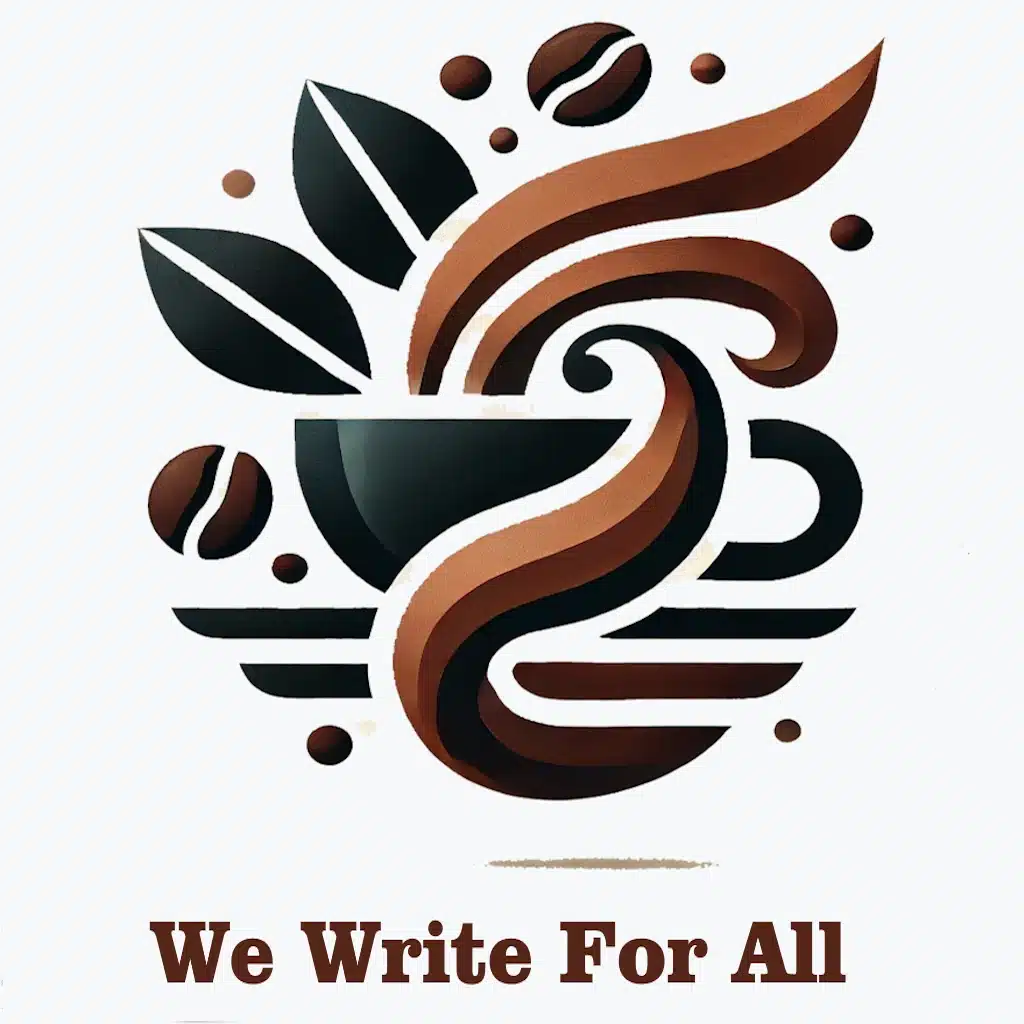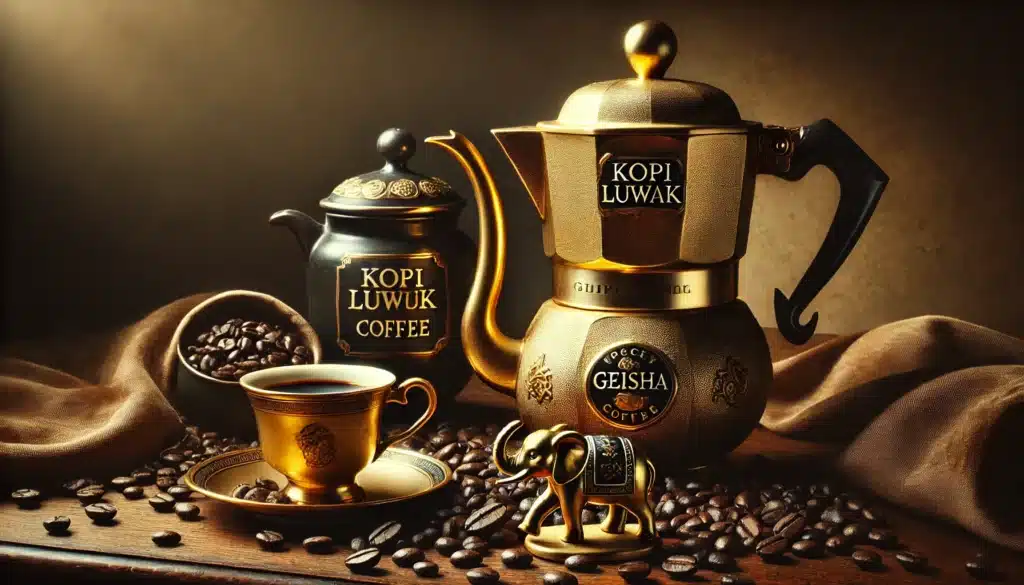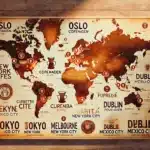Coffee can be a daily habit or a luxurious experience. While most people pay a few dollars for a cup, there exists a fascinating world of rare coffees that can cost hundreds — even thousands — per pound. But what makes them so expensive? And are they really worth the price?
In this article, we explore Kopi Luwak, the infamous “civet coffee,” along with other unique and costly brews that captivate coffee lovers and collectors around the globe.
1. Kopi Luwak: The Civet-Powered Coffee
Kopi Luwak originates from Indonesia and is made using beans that have been eaten and excreted by the Asian palm civet, a cat-like nocturnal animal.
The digestive process is said to alter the bean’s enzymes, resulting in a smoother, less acidic cup with subtle earthy and chocolate notes. True, authentic Kopi Luwak can cost up to $600 per pound, making it one of the priciest coffees in the world.
2. Controversy Behind the Cup
Despite its fame, Kopi Luwak has drawn heavy criticism due to animal cruelty.
In many commercial farms, civets are kept in cages, force-fed coffee cherries, and denied natural behaviors. The original wild-sourced version is now rare and ethically complex.
If you’re curious to try it, look for producers that use certified wild-collected beans and follow humane practices.
3. Black Ivory Coffee: Processed by Elephants
Produced in Thailand, Black Ivory Coffee follows a similar concept: Arabica cherries are fed to elephants, whose digestive systems ferment the beans.
The resulting coffee is extremely smooth, with notes of chocolate, spice, and grass. It’s incredibly rare, with production limited to just a few hundred kilograms per year. The price? Around $1,000 per pound.
Profits from Black Ivory support elephant welfare and local communities, making it a more socially responsible luxury.
4. Hacienda La Esmeralda Geisha: Floral Gold
Panama’s Geisha varietal has become legendary in the specialty coffee world. It’s known for its intense floral aroma, delicate body, and vibrant acidity.
In particular, Hacienda La Esmeralda has fetched record-breaking prices — up to $1,300 per pound at auction. Unlike animal-processed coffees, Geisha earns its value through flavor complexity, rarity, and terroir.
It’s considered the champagne of coffee.
5. St. Helena Coffee: Grown in Isolation
This coffee is cultivated on St. Helena, a remote island in the South Atlantic Ocean where Napoleon was exiled.
Due to volcanic soil, sea breezes, and extremely limited production, it has a refined, mild flavor with hints of citrus and caramel. Its exclusivity drives the price, often exceeding $100 per pound.
Logistics and heritage make this one of the most collectible coffees in the world.
6. Finca El Injerto: Guatemalan Prestige
Finca El Injerto is a small, family-owned farm in Guatemala producing microlot coffees with exceptional quality.
Its beans often win international competitions and are grown at high altitude under sustainable practices. Prices at auction regularly reach $500 per pound.
Buyers aren’t just paying for flavor — they’re investing in the farm’s reputation and track record.
7. Ospina Dynasty Coffee: Presidential Luxury
Founded in 1835 by former Colombian President Mariano Ospina Rodríguez, Ospina Coffee is one of the oldest luxury brands in the industry.
Their Presidential Collection sells for around $150 per pound, offering a rich, nutty profile from rare Arabica Typica beans grown in volcanic soil.
It’s coffee for connoisseurs who value legacy, story, and craftsmanship.
8. Limited-Edition Auction Lots
Every year, top-producing countries like Ethiopia, Colombia, and Honduras hold auctions such as the Cup of Excellence, where the best coffees are judged and sold to the highest bidder.
Some of these beans are experimental varietals, fermented with innovative techniques. Prices can exceed $200 per pound, reflecting both quality and exclusivity.
These coffees are often roasted to order and enjoyed by a very select audience.
9. Is Expensive Coffee Actually Better?
That depends on what you’re looking for.
Expensive coffee often features:
- Unique origins or processing methods
- Unusual flavor profiles
- Extreme rarity or limited production
- Prestige or branding
For some, the price is justified by the experience — a once-in-a-lifetime cup. For others, it’s not about cost, but transparency, ethics, and flavor.
10. How to Experience Rare Coffee (Without Breaking the Bank)
You don’t need to spend a fortune to taste high-end coffee. Here are a few tips:
- Visit specialty cafés that offer sample pours or cupping sessions
- Buy small bags of auction lots or Geisha from roasters like Onyx, Proud Mary, or Sey
- Explore lesser-known origins like Myanmar, Yemen, or Peru, where hidden gems abound
- Support direct trade to enjoy quality and sustainability at fair prices
Coffee can be luxurious — but it can also be deeply human and accessible.
Final Thoughts: A Taste of Rarity
The world’s most expensive coffees invite us into a space where agriculture meets art. Whether it’s beans passed through an elephant or grown on a volcanic island, these brews challenge us to consider what makes a cup of coffee valuable.
Is it flavor, rarity, ethics, or story?
Maybe it’s all of the above — or maybe the true luxury is simply the act of savoring a meaningful cup.







